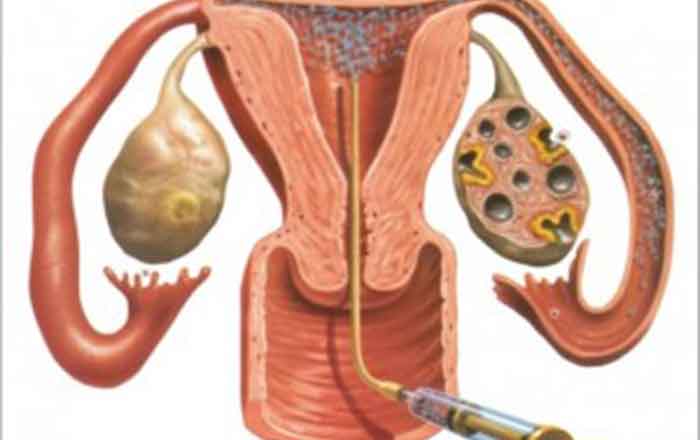IUI
What is IUI?
Intrauterine insemination (IUI) means a treatment in which sperms are directly introduced in the mother's womb.
During natural intercourse, the sperm travels from the vagina through the cervix, into the uterus, and up to the fallopian tubes. There it gets fertilized with the egg 'forms an embryo and gets attached to the fundus of the uterus With IUI, sperms are “washed” and concentrated, and also placed directly into the uterus, which puts them closer to the egg.
This process increases the chance of fertilization in certain couples who have had difficulty getting pregnant.
Why IUI?
There are sure elements which govern the functionality of a female to conceive.. Intrauterine insemination is used most customarily in couples who have:
- Unexplained infertility. 33% of couples have unexplained infertility. In this case IUI is the treatment of choice'
- Endometriosis related infertility. When the cause of infertility is endometriosis then using medications to obtain a good-quality egg along with performing IUI is often the first treatment approach.
- Mild male factor infertility (subfertility). When the sperm count is, below-average, motility of sperm is weak, or there are abnormalities in sperm size and morphology. IUI can overcome some of these problems because preparing sperm for the procedure helps separate, normal sperm from those of lower quality.
- Infertility due to inappropriate cervix-The mouth of the uterus is cervix. Mucus produced by the cervix around the time of ovulation provides an ideal environment for sperm to travel from vagina to the fallopian tubes. But, if cervical mucus is too thick, it may impede the movement of sperm. If the cervix is scarred due to biopsy or some other procedure, then it is thickened. This in turn will impede the movement of sperm. IUI bypasses cervix thereby depositing the sperm directly into uterus and increasing the number of sperm available to meet the awaiting egg
- Infertility due to inappropriate ovulation. IUI may also be performed for women who have reduced number of eggs.
- Allergy to semen .Although rare but a woman can have an allergy to semen proteins. Thus ejaculation in the vagina can cause redness, burning and swelling when the semen comes in contact with the skin, IUI can be effective in this case, since many of the proteins in semen are removed before the sperm is inserted
- Requirement of Donor sperm. When sperm count and motility are not upto the mark then frozen donor sperm specimens are obtained from certified labs and thawed before the IUI procedure.
Success of
IUI
The success rate of IUI depends on various factors. These include
- age of the patient
- cause of infertility
- whether drugs for fertility were used or not
Success rate is as high as 26% in case of multiple follicles and as low as 6% with one follicle. Higher the sperm count, higher is the success rate. The overall success rate seems to be between 15-20 percent per cycle. 23-30 percent will be the rate of multiple gestation pregnancies
History of
IUI
Intrauterine Insemination is one of the oldest and most widely used techniques of assisted reproduction. It was initially used to treat cases of male infertility. Dutch did first artificial insemination in fish in 1742. Then it was followed by successful impregnation of dog (mammal) in 1780 by an Italian.
Human insemination although began in late 18th century but successful insemination was reported in 19th century. Syringe to assist insemination was reported in 1866 called FECONDATEUR
more recent advances include development of catheter. Stimulation of ovulation and further development of medical instruments. This has greatly improved positive pregnancy outcomes.


